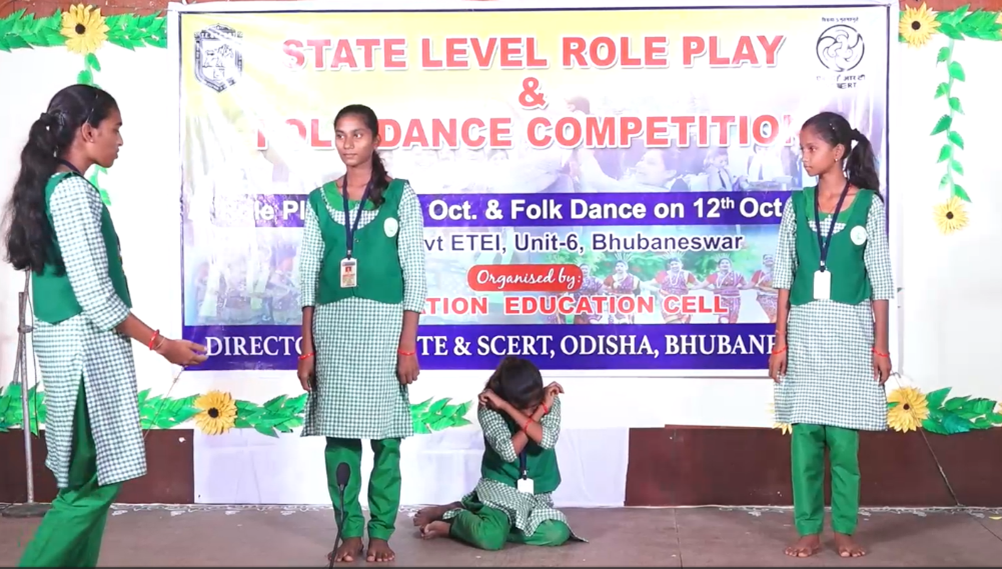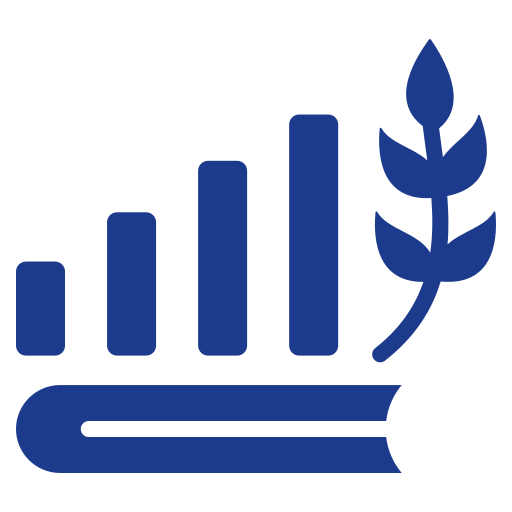-

Shri Manoranjan Mohapatra
Assistant Director
About the Department
Population education is an interdisciplinary field focusing on teaching and learning about human populations, their dynamics, and the impacts on the environment, resources, and society. It encompasses various aspects like population growth, demographic changes, and the relationships between population and development. Emphasizing the link between population dynamics and sustainable development is the base of population education cell. Using advanced technologies like GIS (Geographic Information Systems) and data visualization tools in population studies. Incorporating global population issues and encouraging international collaboration. Involving students in understanding and influencing population policies at local, national, and global levels.
Examples of Population Education Programs:
- UNFPA (United Nations Population Fund): Supports educational initiatives focusing on reproductive health, family planning, and population dynamics.
- Population Education Program (PopEd): Provides resources and training for educators to teach about population and environment issues.
- National Population Education Project (NPEP) in India: Integrates population education into school curricula to raise awareness and promote sustainable practices.


Vision and Objectives
- Awareness: Raise awareness about population issues, including growth rates, migration, urbanization, and demographic transitions.
- Knowledge: Provide knowledge on the causes and consequences of population trends and patterns.
- Skills: Develop skills to analyze population data and understand its implications.
- Attitudes: Foster positive attitudes towards sustainable development and responsible population behaviours.
Areas of Work
-
Demographic Concepts
-
Population Growth
-
Migration
-
Urbanization
-
Resource Management
-
Health and Population
-
Population Policies
-
Sustainability in Education
-
Technological Integration
-
Global Perspective
-
Policy Engagement











